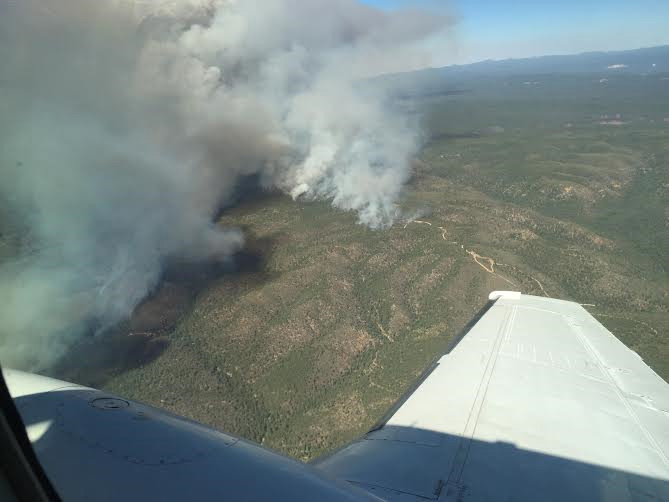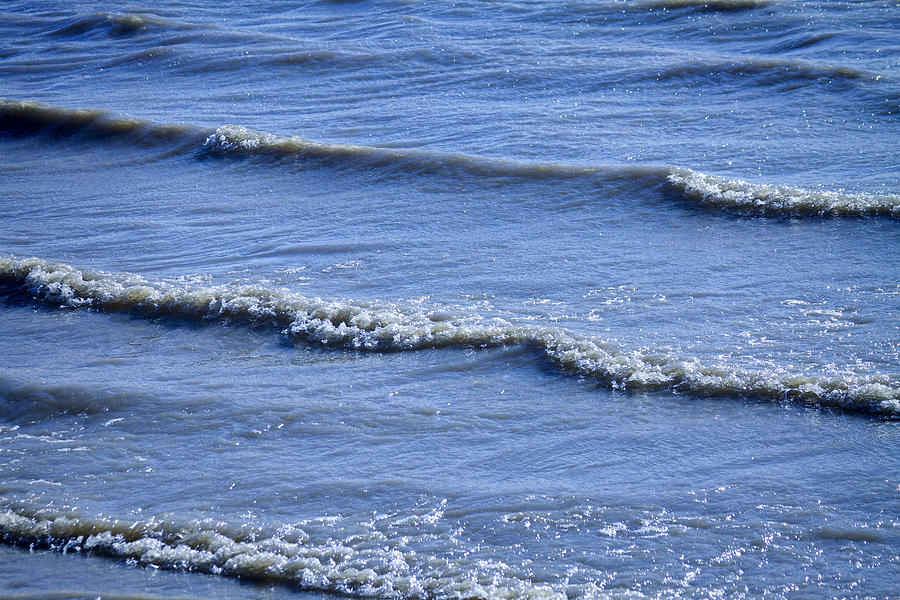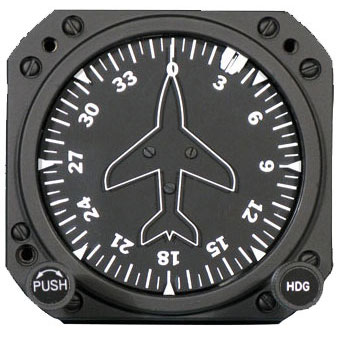The fact is, apart from your aerodrome, it is unlikely that you will find windsocks conveniently placed on your route, nor will every area be covered by ATIS reports, so how do you determine wind direction? More importantly, apart from take-offs and landings (where we normally have access to wind information), why do we need to pay attention to wind direction and speed during our flights?
If you read our previous article on downdrafts, then you will have realised that not being aware of wind direction and speed over rough or mountainous terrain can put you in more than a spot of bother. On the other hand, knowing where the wind is coming from can really help you should you need to land on a remote bush strip, or in the case of a precautionary or forced landing. Similarly, catching a tailwind will get you there quicker should a call of nature be pressing.
Every instructor seems to have an arsenal of suggestions of how to determine wind direction, and I think all of these have their merits depending on where you are flying:



WAVES





Great article, thank you! In Arizona where I fly I’ve learned to watch the water surface on dirt stock tanks, ponds, rivers, and lakes. The bank protects the surface from wind on the upwind side. The wind creates waves or ripples all the way to the bank on the down wind side.
Hi Caroline.
We enjoyed your article.– Thank you!
Maybe your next article could be “Flying the Old Bird”, or something like that!
We could set it up — when it’s a little warmer, that is !!
Regards